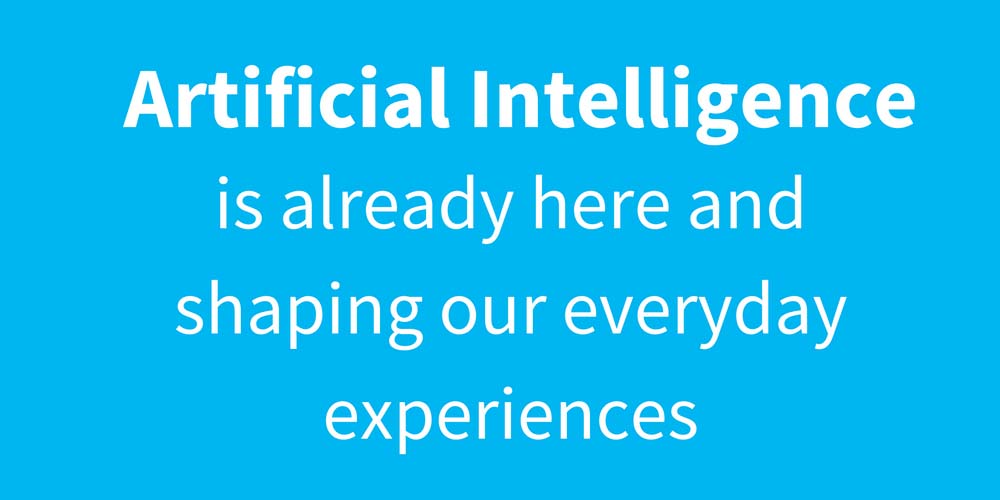
As it’s the beginning of the year, I’d like to take the time to talk about some of the trends that will drive our roadmap forward in 2017.
Last year, we spent a large part of September and October talking to clients all over the world; getting their view on business objectives, the trends they’re seeing in the market, and suggestions they have for improving Condeco’s products. We shared some of the big themes that drive our thinking and in return got their view of the market, as well as what’s happening in their organizations.
Here are some of the topics we’ve talked about:
1. Products Are Becoming Services
More and more physical products are being replaced by digital services.
Let’s take music. The first record I bought was vinyl. That became slowly obsolete with the rise of digital CDs. Eventually physical recording media got pretty much replaced with digital files. We then had to worry where to store all these MP3s! But with the rise of the data cloud, services such as Spotify finally replaced the concept of ownership altogether with a service that people can simply subscribe to (incidentally there is a resurgence in vinyl sales though). I, for myself, have largely stopped buying music, and instead I subscribe to it. I don’t have to worry about owning it, storing it, or even losing it. It’s just there on demand.
Television is a similar example. I grew up in the 70’s with 3 (!) channels. Today I subscribe to services such as Netflix or Amazon Prime, and watch what I want, when I want it, where I want it. I don’t even need a TV to watch “television” anymore. Nor do I need to be there at a specific time. Or even record stuff.
There are countless other examples of physical products being replaced by on-demand digital services, that disrupt and reshape whole industries. There’s an interesting notion here that Kevin Kelly, Author of The Inevitable, Understanding the 12 Technological Forces That Will Shape Our Future, calls “dematerialisation”. I can now access a record collection that, in the decade I was born in, would probably have filled several large houses, on a push of a button, on a device I can carry in my pocket. With processing power roughly doubling every two years (remember Moore’s law) our ability to process data is growing exponentially, and so is our ability to store data.
But what does this mean for a company like ours? We were already leaders in our space during this first revolution of digitalization. Our meeting room booking software replaced countless physical artefacts and manual booking processes, and simplified a plethora of separate tasks into one simple solution. Our digital meeting room screens replaced analogue room and desk signage, our Wayfinder screen replaced manual boards. Our workspace occupancy sensors replaced manual “bed checks” – people walking around with clipboards checking how many people are using a space. Now, in the second revolution of cloud-based services, we have changed our business model to Software as a Service (SaaS) to respond to the decreased desire of our clients to own and operate our solution. You can even rent our room and desk screens as a fully serviced package.
Looking forward, we are working on a next generation of scalable, multi-tenanted, cloud-based, on-demand services that help organizations measure and manage their workspace whilst posing little demand on their own IT services.
2. Consumer Services Shape B2B Customer Expectations
With a new world of disruptive, digital services emerging, expectations of B2B software are changing.
A few years ago, many of the conversations I had with clients revolved around more features, more process, more business rules. Now these conversations are increasingly focused on how they can create services that are as simple, responsive, and integrated as possible, that help staff quickly get what they need, so they can get on with the work that matters. It’s the consumer services that now shape the expectations that our customers have from B2B solutions. Clients ask me questions such as: “Why can’t it be as easy as Uber? Why can’t my room booking just end when I walk out of the room, and the lights go off, and the video conference ends?”. It’s the new breed of mobile-centric cloud services that has changed the expectations of how B2B technology should behave.
Here are some of the factors that drive expectations of the experience:
Simplicity
Services such as Uber are only so effective because they are simple and focus on the bits that users really want to do. In this case, push a button to get a taxi. The magic just happens; the actual operational complexity becomes invisible. Also, what’s interesting here, is that Uber is a relatively “small” service piggybacking on a vastly more complicated technology stack: GPS, mobile internet, Google Maps, and payment processing are just some of the factors that create the “magic”.
Immediacy
No one likes to wait, but increasingly people expect stuff to happen right away: whether it’s downloading music, having your shopping delivered, or finding a suitable space to work or collaborate. In an ever-accelerating world, the expectation that everything should be available in real time is becoming the norm.
Intelligence
Artificial Intelligence is already here and shaping our everyday experiences. Google, Facebook, Amazon Echo are all manifestations of learning systems that constantly adapt to what we teach them about ourselves.
shaping our everyday experiences. Google, Facebook, Amazon Echo are all manifestations of learning systems that constantly adapt to what we teach them about ourselves.
Personalization
With these learning systems comes a new form of intelligent personalization that does not require user input. Instead the application learns what there is to know about the user and uses this information to act in a more personalized, focused, and responsive fashion.
Openness
Services such as Uber pull together data from various sources. Indeed, Uber is highly dependent on Google. In future, B2B systems generally must become more open to benefit from big data. That’s often still a challenge in the Enterprise space. Interestingly, many clients I’ve been talking to want to integrate with something, but often all the systems involved are not quite ready for that.
Anywhere, on Any Device
People expect all this to be device independent. No matter where they are, which device they use, they want to have a consistent, personalized, location aware experience across different user touchpoints. Forgot my Kindle? I can just continue on the same page on my phone.
So, What Does This Mean for Condeco?
We will continue to invest in a simple, cross-platform experience that helps users to quickly find space to work, meet or collaborate, where and when they want, whatever device they are on. We’ll focus on expanding our mobile offering, opening our systems, and further increasing scale and performance. And we are working on creating the ‘magic’, by doing more things in the background so our users have to do less work.
But it’s not only software that is changing fast, it’s also the way people work and collaborate which is rapidly changing, and with it the workspace itself. In part two of this post I will talk a bit about how we are responding to a fast-changing world of work.



